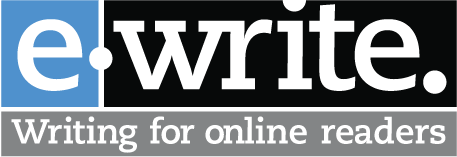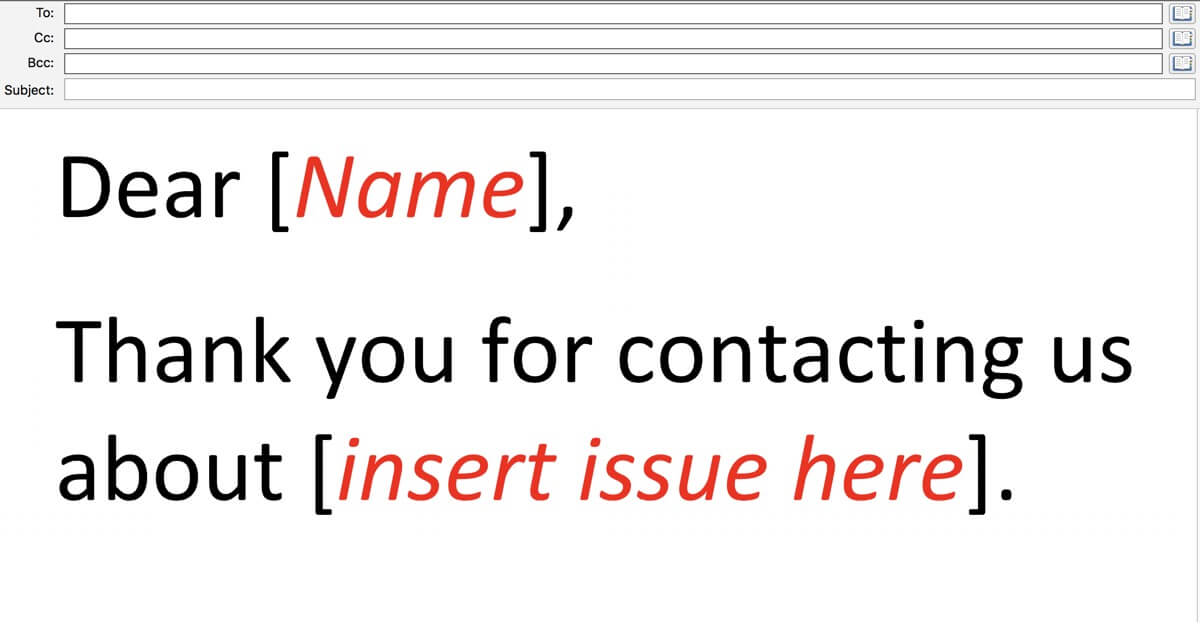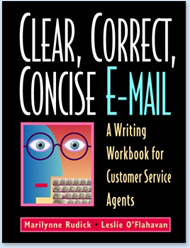If you can serve a bakery-bought birthday cake at the party you’re hosting for your mother, you can use email templates for customer service without destroying your relationship with your customers. Yes, the words “template,” “script,” and “form letter,” have we-don’t-see-you-as-an-individual baggage, but companies can create email templates that build rapport (for real). The guests at your mom’s birthday party don’t care who baked that cake as long as it’s tasty. Your customers don’t really care (and won’t know) if your frontline agents keyboarded the entire email from Hello to Sincerely. Your customers just want email responses that answer their questions and show your company cares.
Badly written templates can never build rapport. Email templates aren’t bad because they’re templates. They’re bad when they’re badly written. There’s nothing inherently cold-hearted or robotic about using pre-written email responses. The problem comes when Customer Care leaders rely too heavily on templates to boost productivity, cover for agents’ lack of writing skills, or clear an email backlog. The template is not the problem; it’s how the template is written and used. You can’t blame the template for starting with “Dear Valued Customer”!
Four tips for writing templates that build rapport
1. Avoid using vague words or trite phrases.
If you don’t want to sound robotic, don’t use played-out customer service wording like this in your templates:
- We regret any inconvenience this may have caused.
- We appreciate your feedback and will share it with the appropriate department.
- Thank you for letting us know about this issue.
In fact, avoid using any sentence in your company’s email templates that could be dropped into any other company’s email templates. If you’re a snack food manufacturer, your email template wording should never work in an airline’s templates. Tighten up those vague words and trite phrases, so they belong to your company alone:
- We’re really sorry about the inconvenience the three-hour weather delay caused when you were flying from Las Vegas to Seattle.
- We appreciate your feedback about our course registration process and will share it with our Continuing Education department.
- Thank you for letting us know about the issues you’ve had when our online banking app freezes…
2. Include both placeholders and prompts.
To build rapport, email templates must convince the customer “you wrote this email specifically for me.” Include placeholders for specific information (product and confirmation numbers, dates, etc.) and prompts that suggest to agents what they should write when they freetext.
Sample template with placeholders and prompts
Hello [Name],
Thanks for contacting us about your [name of product]. I’m sorry to learn [paraphrase customer’s complaint]…
How this template would be used
Hello Richard,
Thanks for contacting us about your Model ABC-123 Window Air Conditioner. I’m sorry to learn this unit is cycling on and off so frequently…
3. Expect agents to freetext at the beginning and the end of the email response.
It’s impossible to create connections with customers if you send them 100% templated emails, which will come across as form letters because that’s exactly what they are. Instead, train agents to freetext, especially at the beginning and the end of the email. In live conversations, we greet each other to set the tone, and we say goodbye warmly; freetexting the opening and closing of the email has the same effect.
What should agents freetext?
- Empathy statement. These should be custom-written for each email response. Nothing sounds less sincere than a templated empathy statement such as, “We certainly understand the feelings this issue has caused you.”
- Paraphrase of the customer’s problem or complaint. Restating the customer’s complaint is the written version of active listening. It proves to the customer that you read their email carefully and you know what they’re unhappy about.
- Sincere, specific offer of more help. “Please do not hesitate to contact us…” is about the most template-y thing to write at the end of an email. Freetexting the ending improves it greatly. Write “Please email us again if you have any other questions about our subscription options…” or “You can reach us any time by email or phone at 1-800-123-4567 if you want updated delivery tracking information or have any other questions…”
4. Write templates in your company’s brand voice.
Your customer service email templates need to use the same brand voice as your company’s other communications, especially marketing such as newsletters, email blasts, and social media posts. When your emails sound dry, official, and bureaucratic, but your brand voice is hip and playful, you’re causing a fracture in the customer experience. Customers will assume they’re getting form responses from you because your responses sure don’t “sound like” your company.
Sometimes, email templates need only small changes to go from off-brand to on-brand. Slight edits such as using contractions, writing shorter sentences, using person pronouns (I, you, we), or even using emoji can make your templates sound more like the many other communications customers have received from your company.
Get your hands on your company’s Brand Voice Guide. Work with your Marketing or Comms team to review the most frequently used templates for how well they use the brand voice, and help your agents understand how to write in the brand voice, so they can use it when they freetext.
We can celebrate Mom’s birthday without a homemade cake, and we can provide authentic email responses without hand-crafting every word. Let’s create libraries of on-brand, need-some-freetexting templates for our agents to use. Let’s not be anti-template snobs when we know most contact center teams rely on templates to answer promptly and accurately.








0 Comments